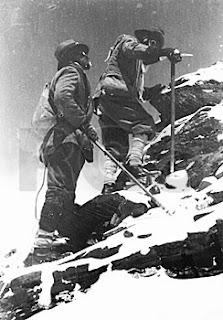Liked it so much, we had it at home for tea tonight.
The Nepalese Restaurant that made it, also offered to host a Help For Heroes night, where a set menu will be offered and the profits will go to H4H, just need to speak to the owners to confirm a date, thanks to all the staff at the Gurka Kitchen for that, have included the recipe below if you want to try.
Dal bhat (Hindi: दालभात) is a traditional India and Nepali staple food consisting of cooked or steamed rice or sometimes other cereal bhat and lentil soup Dal. It is generally eaten twice a day: mid-morning and early evening.
Bhat means boiled rice. At higher elevations where rice does not grow well, other grain such as makkai (maize), fapar (buckwheat), jahun (barley) or kodor (millet) may be substituted in a cooked preparation called atho or dhiru. Bhat may be supplemented with roti or chapati (rounds of unleavened bread).
Dal may be cooked with tomatoes, onion, chili, tamarind, garlic and ginger in addition to lentils or beans. It always contains herbs and spices such as coriander, garam masala, cumin, and turmeric. Recipes vary by season, locality, ethnic group and family.
Dal bhat is often served with vegetable tarkari - a vegetable curry with spices similar to those of Indian cuisine. Then it is called Dal bhat tarkari (दाल भात तरकारी). There may also be yoghurt or curry made of chicken, goat meat or fish. A small portion of chutney or pickle (called achar) is usually included.
Dhal Bhat Recipe
Ingredients:
Dhal10 tbsp mixed lentils
2 chopped tomatoes
1 medium onion
chilli, coriander, garlic, ginger garam masala to taste
Bhat
Rice washed and stood in cold water
Directions:
Boil the lentils with 5 cups of hot water. Once they are soft, mash them and add the spices. In a separate pan fry the onion, garlic, and tomato and once done add to lentils.Finally, add a handful of coriander to the soup.
Cook rice from cold water. Pour dhal over the top of rice and eat!
Enjoy, early night ,off walking again in the morning
cheers

















